This article was co-authored by wikiHow Staff. Our trained team of editors and researchers validate articles for accuracy and comprehensiveness. wikiHow's Content Management Team carefully monitors the work from our editorial staff to ensure that each article is backed by trusted research and meets our high quality standards.
This article has been viewed 74,394 times.
Learn more...
Vaginal infections are uncomfortable, but luckily they're easy to treat. Clean and Dry cream is a great at-home solution to this annoying infection. Simply clean the area with water, leave it to dry, and then apply a small amount of the cream twice a day for 5 days. Contact a doctor if your symptoms persist, if are pregnant, or if you have reoccurring vaginal infections.
Steps
Applying The Cream
-
1Clean the area thoroughly with water. Have a bath or shower and gently wash the area with water. Use a soft cotton flannel to remove any discharge from the area. This makes it easier for the Clean and Dry cream to absorb into the skin.
- Avoid using any soap on the area, as this can cause inflammation and further infection.
-
2Wait for your skin to air dry. The Clean and Dry cream will be much easier to apply once your skin is dry. For best results, wait 10 minutes for your skin to dry naturally.
- If you are in a rush, use a soft cotton towel to gently dab away any excess water. Wash the towel after you have used it to avoid spreading bacteria.
Advertisement -
3Rub a pea-sized amount of cream over the area. Squeeze the cream onto your finger and gently rub it over any areas of your vagina or vulva that are red, itchy, or inflamed. Rub the cream into the skin until it is no longer visible.[1]
- If you have trouble seeing the area, use a mirror to help you.
-
4Apply the cream twice a day for 5 days. Clean and Dry cream is fast acting and you should begin to notice your symptoms clearing up within a few days. Apply the cream every morning and evening.[2]
- Discontinue use after 5 days, as the cream is only designed for short-term use. Contact a doctor if your symptoms persist.
Seeing a Doctor
-
1Seek medical advice if your symptoms persist for more than 5 days. If you continue to experience irritation, redness, white discharge, burning sensations, or itchiness around your vagina, book an appointment with your doctor. It is important to seek medical advice to avoid further infection from occurring.[3]
- Don’t be shy to go to a doctor. They are used to treating vaginal infections and will be able to help you to treat the symptoms.
-
2Ask your doctor before you use Clean and Dry if you're pregnant. It is important to not take any new medication while you are pregnant, unless directed by a doctor. Explain your symptoms to your doctor and ask for the best treatment plan for you and your baby.[4]
- If you are breastfeeding, seek medical advice before applying Clean and Dry cream.
-
3Consult a doctor if you have reoccurring vaginal infections. If you regularly get vaginal infections, this could indicate that there is an underlying problem. Contact your doctor to help you find and treat the root cause of your infections.[5]
References
About This Article
While vaginal infections are uncomfortable, luckily they’re easy to treat with products like Clean and Dry cream. Start by taking a bath or shower and gently washing the area with water. Just avoid using soap since it can cause inflammation and further infection. Let your skin air dry for 10 minutes, then rub a pea-sized amount of cream over any areas of your vagina or vulva that are red, itchy, or inflamed. Apply the cream twice a day for 5 days to help clear up your infection. If, however, your symptoms last for more than 5 days, see your doctor. You’ll also want to contact your doctor before using Clean and Dry if you’re pregnant or breastfeeding. To learn how to treat reoccurring vaginal infections, keep reading!
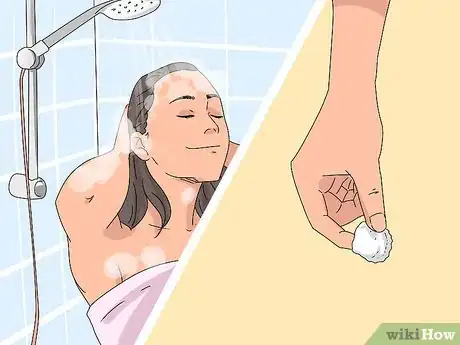

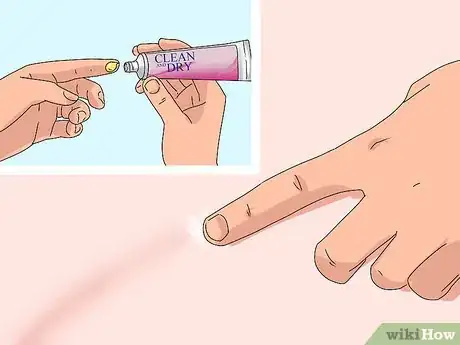
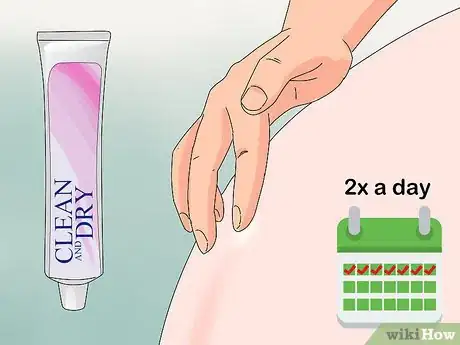

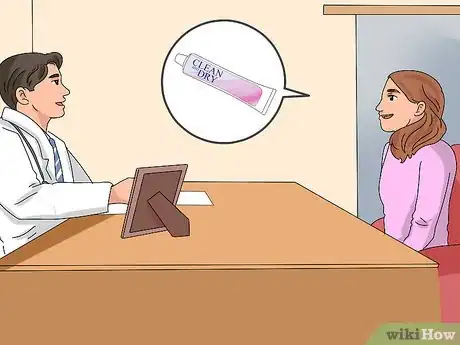
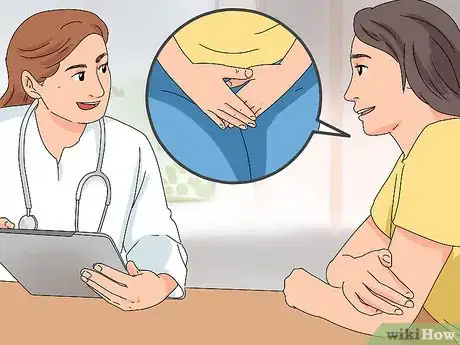

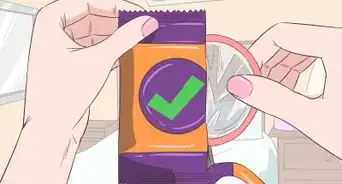

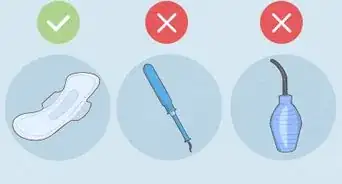





-Step-10-Version-2.webp)



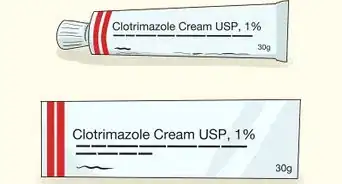







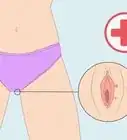
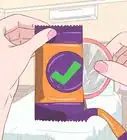

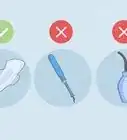



































Medical Disclaimer
The content of this article is not intended to be a substitute for professional medical advice, examination, diagnosis, or treatment. You should always contact your doctor or other qualified healthcare professional before starting, changing, or stopping any kind of health treatment.
Read More...